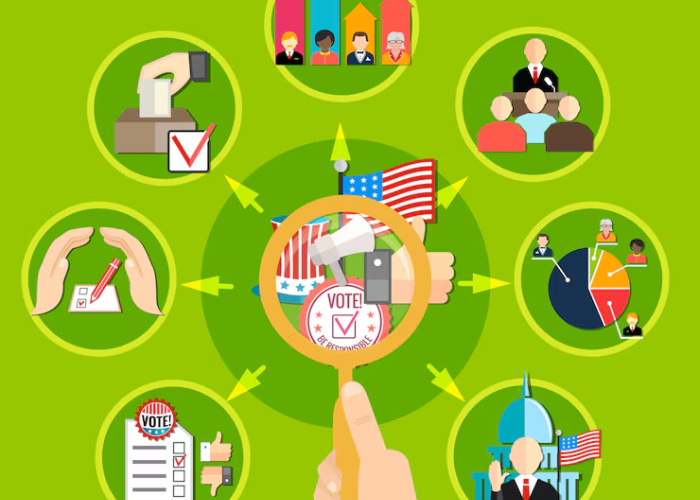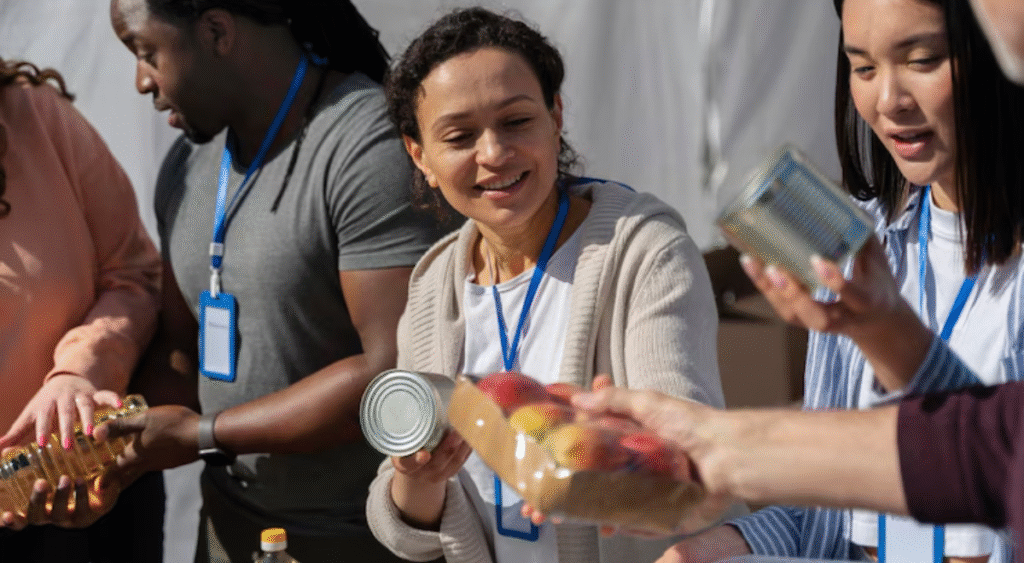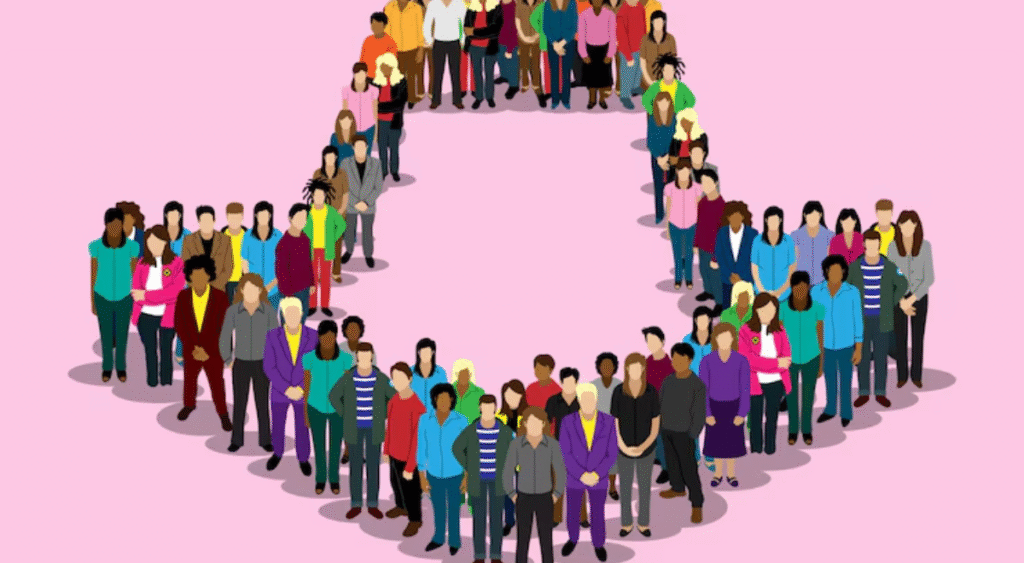
it is a community-driven organization or initiative focused on fostering civic engagement, promoting community development, and addressing local challenges through collective action. These groups serve as vital hubs for residents, local governments, and organizations to collaborate on projects that enhance the quality of life in their communities. From organizing neighborhood cleanups to advocating for policy changes, it empower individuals to take an active role in shaping their surroundings. In this article, we’ll explore the definition, purpose, and impact of it, particularly in the USA, and how they contribute to stronger, more connected communities.
Must Read:Money6x.com Earning: Unlocking Online Income Opportunities
Understanding the Role of Civic Resource Groups
They are typically grassroots organizations, though some may operate with formal structures or affiliations with local governments or nonprofits. Their primary goal is to mobilize community members to address local needs, whether through volunteerism, advocacy, or resource allocation. These groups often focus on issues like public safety, environmental sustainability, education, and social equity, tailoring their efforts to the specific needs of their community.
In the USA, it can take many forms, such as neighborhood associations, community development corporations (CDCs), or volunteer coalitions. For example, in a small town might organize food drives for low-income families, while one in a large city might advocate for affordable housing policies. Regardless of their focus, these groups aim to bridge the gap between residents and decision-makers, ensuring that community voices are heard.

Why Civic Resource Groups Matter
it play a critical role in fostering social cohesion and civic participation. According to a 2023 report by the National Civic League, communities with active civic resource groups see a 25% increase in resident participation in local governance compared to those without such groups. This engagement leads to more responsive policies and stronger community ties. By providing platforms for dialogue and action, these groups empower individuals to address issues that directly affect their lives.
Moreover, it often serve as catalysts for change. They can influence local policies, secure funding for community projects, and create networks of support for residents. For instance, in Chicago has been instrumental in promoting urban agriculture initiatives, helping to establish community gardens that provide fresh produce to underserved neighborhoods.
Key Functions of Civic Resource Groups
it undertake a variety of activities to support their communities. Some of their key functions include:
- Community Organizing: Mobilizing residents for events like town hall meetings, cleanups, or festivals to build community spirit.
- Advocacy: Representing community interests to local governments or organizations to influence policy or secure resources.
- Resource Distribution: Managing and distributing resources like food, supplies, or funding to address immediate community needs.
- Education and Awareness: Hosting workshops or campaigns to educate residents about civic rights, local issues, or available services.
- Collaboration: Partnering with local businesses, nonprofits, or government agencies to implement community projects.
These functions make civic resource groups essential for addressing both immediate and long-term community challenges.
Who Benefits from Civic Resource Groups?
The target audience for civic resource groups in the USA is diverse, encompassing residents of all ages, backgrounds, and socioeconomic statuses. However, these groups often focus on engaging:
- Local Residents: Individuals seeking to improve their neighborhoods or connect with others.
- Youth and Students: Young people interested in leadership development or civic education.
- Underserved Communities: Groups facing systemic challenges, such as low-income families or marginalized populations.
- Local Governments and Nonprofits: Organizations looking to partner with communities for effective change.
By catering to these audiences, civic resource groups ensure that their initiatives are inclusive and impactful.
Examples of Civic Resource Groups in Action
To better understand the impact of civic resource groups, let’s look at a few real-world examples:
- The Civic Resource Group of Seattle: This organization focuses on environmental sustainability, organizing tree-planting initiatives and advocating for green policies. In 2024, they successfully lobbied for a city ordinance to increase funding for urban green spaces.
- Detroit’s Community Development Advocates: This civic resource group works to revitalize neighborhoods through housing projects and small business support, helping to reduce blight in the city.
- NeighborWorks America: A national network of civic resource groups, NeighborWorks supports community development through affordable housing and financial education, impacting over 300 communities across the USA.
These examples highlight how civic resource groups adapt to local needs while fostering widespread community benefits.
Tips for Getting Involved with a Civic Resource Group
If you’re interested in joining or starting a civic resource group, here are some practical tips to get started:
- Research Local Groups: Use platforms like Meetup or local government websites to find existing in your area.
- Attend Community Events: Participate in town halls, volunteer days, or workshops to connect with like-minded individuals.
- Identify Key Issues: Focus on specific community needs, such as public safety or education, to guide your involvement.
- Leverage Social Media: Promote your group’s activities on platforms like X or Facebook to attract members and raise awareness.
- Collaborate with Stakeholders: Partner with local businesses, schools, or nonprofits to amplify your impact.
By following these steps, you can contribute to meaningful change in your community through it
Challenges Faced by Civic Resource Groups
Despite their benefits, it often face challenges, including:
- Funding: Many groups rely on grants or donations, which can be inconsistent.
- Volunteer Burnout: Sustaining volunteer engagement over time can be difficult.
- Bureaucratic Hurdles: Navigating local government processes can slow down projects.
- Diverse Needs: Balancing the priorities of different community members can be complex.
Addressing these challenges requires strong leadership, clear communication, and strategic partnerships.

The Future of Civic Resource Groups in the USA
As communities face evolving challenges like climate change, economic inequality, and social polarization, it will continue to play a vital role. Emerging technologies, such as data analytics and social media, are enabling these groups to better understand community needs and reach wider audiences. For example, some groups use apps to coordinate volunteer efforts or crowdfund projects, making civic engagement more accessible.
Additionally, civic resource groups are increasingly focusing on inclusivity, ensuring that marginalized voices are included in decision-making processes. This shift is crucial for addressing systemic inequities and building resilient communities.
Frequently Asked Questions About Civic Resource Groups
- What is a civic resource group?
it is a community-based organization that promotes civic engagement, addresses local issues, and fosters collaboration among residents, governments, and organizations to improve community well-being. - How can I find a civic resource group in my area?
You can find local groups through community centers, local government websites, or platforms like Meetup. Searching for “civic resource group” followed by your city or state on Google or X can also yield results. - What types of issues do civic resource groups address?
They tackle a wide range of issues, including public safety, environmental sustainability, affordable housing, education, and social equity, depending on community needs. - Do I need special skills to join a civic resource group?
No, most groups welcome participants with diverse skills and backgrounds. Passion for community improvement and a willingness to collaborate are the most important qualities. - How do civic resource groups fund their activities?
Funding often comes from grants, donations, membership fees, or partnerships with local businesses and nonprofits. Some groups also organize fundraisers.
Call to Action
Ready to make a difference in your community? Find a local civic resource group or start one today! Visit your city’s website or platforms like Meetup to discover opportunities to get involved. By joining a civic resource group, you can help shape a brighter future for your neighborhood. Share your experiences or questions about civic resource groups on X to connect with others passionate about community change.
